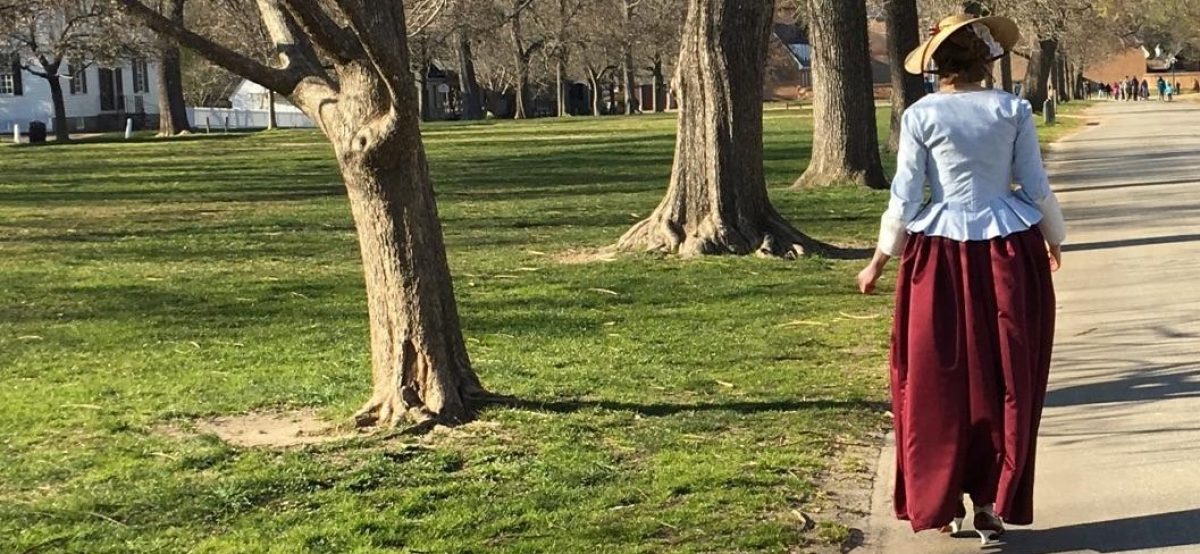With my undergarments complete I was almost ready to wear my real antique dress! Before I could I added two small strips of insertion lace to the back of the gown where I could sew new buttons on to make the dress just a little bigger. While I could technically get the dress buttoned with it’s original buttons the addition of new undergarments made the fit a little too snug and I didn’t want to put stress of something that is over 100 years old. I made sure to very carefully baste the added piece on so it is easily removable so the dress can be returned to its original state. This way I can give the dress a new life by actually wearing it, but I can also preserve the history of the garment.

The dress was probably made sometime between 1900 and 1910, though I don’t know an exact date. I wish I could know the story behind this dress like who made it and where it’s been but there’s no way to tell. I am happy to give it a new life here in 2020 though!

My hat ended up a happy accident that I absolutely love! The base is a cheap straw hat from a craft store that I’ve had for years. I meant to cut it up for another project years ago but I never got around to it and now I’m glad that I didn’t! The flowers are the giant flower crown that I made for a renaissance fair last year and it fit perfectly over the hat. I originally put it there just for storage but I liked the way it looked and it was perfect for Edwardian so I kept it on there!

The dress is light and comfortable for the summer and feels perfect for any sort of Edwardian picnicking or adventuring!



My dog, Whitacre, agreed that picnicking was a good idea! The dress also goes wonderfully with my great-grandmother’s stereoscope. A Stereoscope allows the viewer to see three-dimensional pictures of far away places and was a fun pass time for Victorians and Edwardians when it was invented in the 1830s. The stereoscope is especially appropriate as I made and wore this at the beginning of quarantine so it gave me a fun way to see places from the safety of my own home!

I’m so glad to have been able to give this dress a new life and to have a little piece of history right in my own home. Now all I need is a suffragette sash to go with it!
Love always,
Victoria














































































